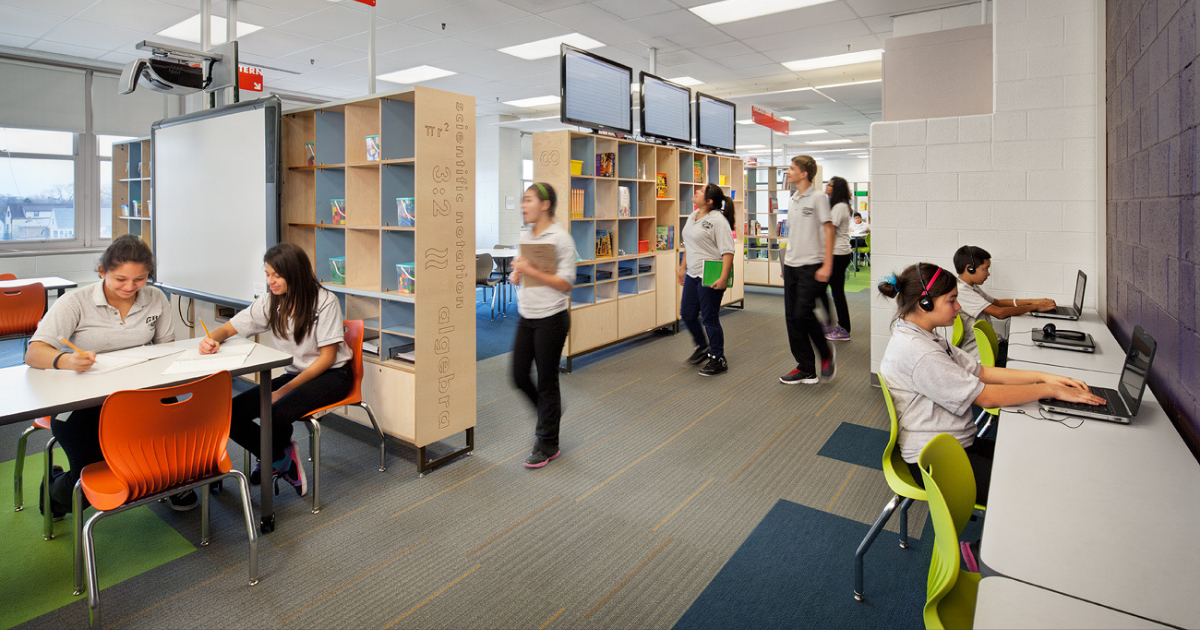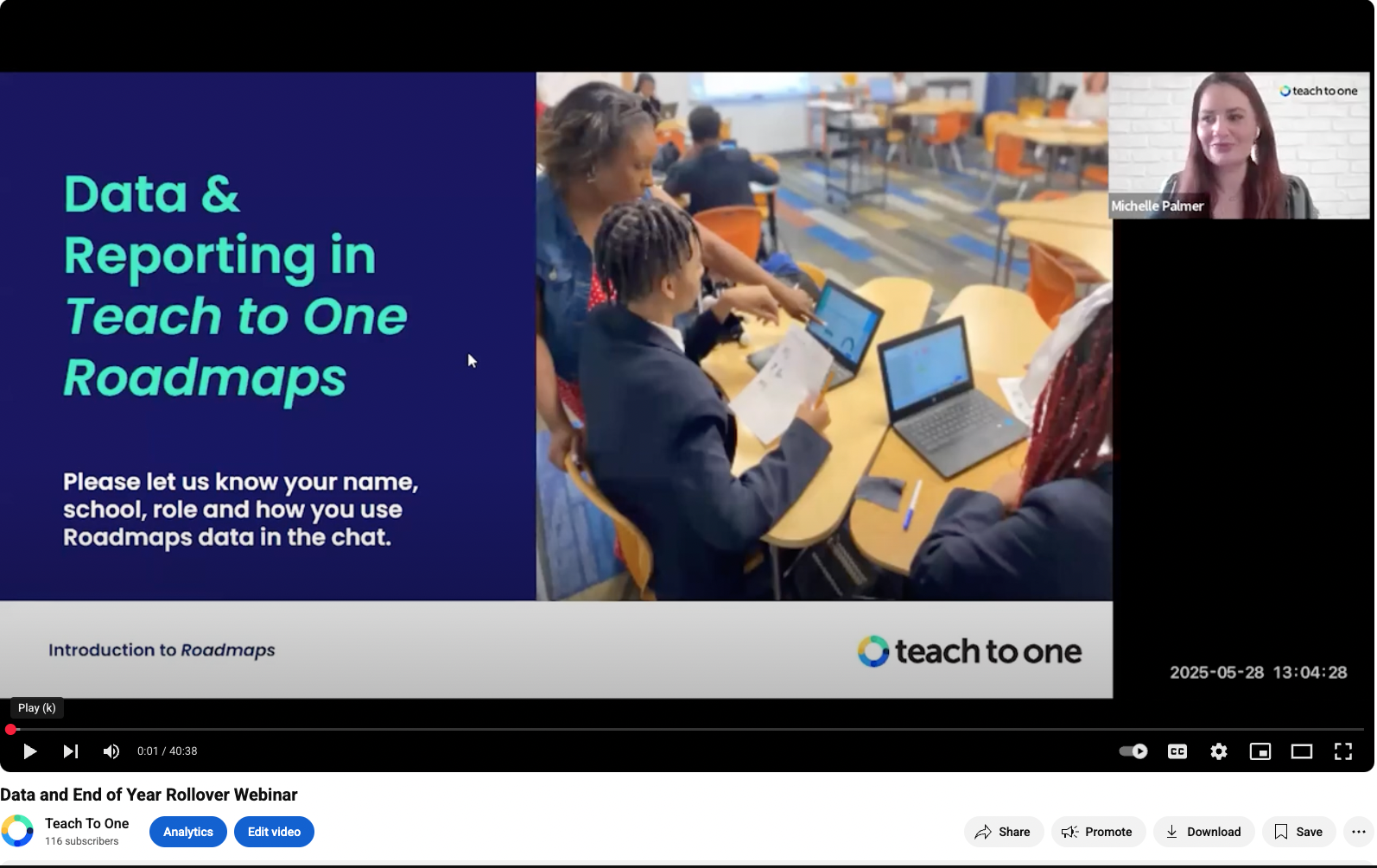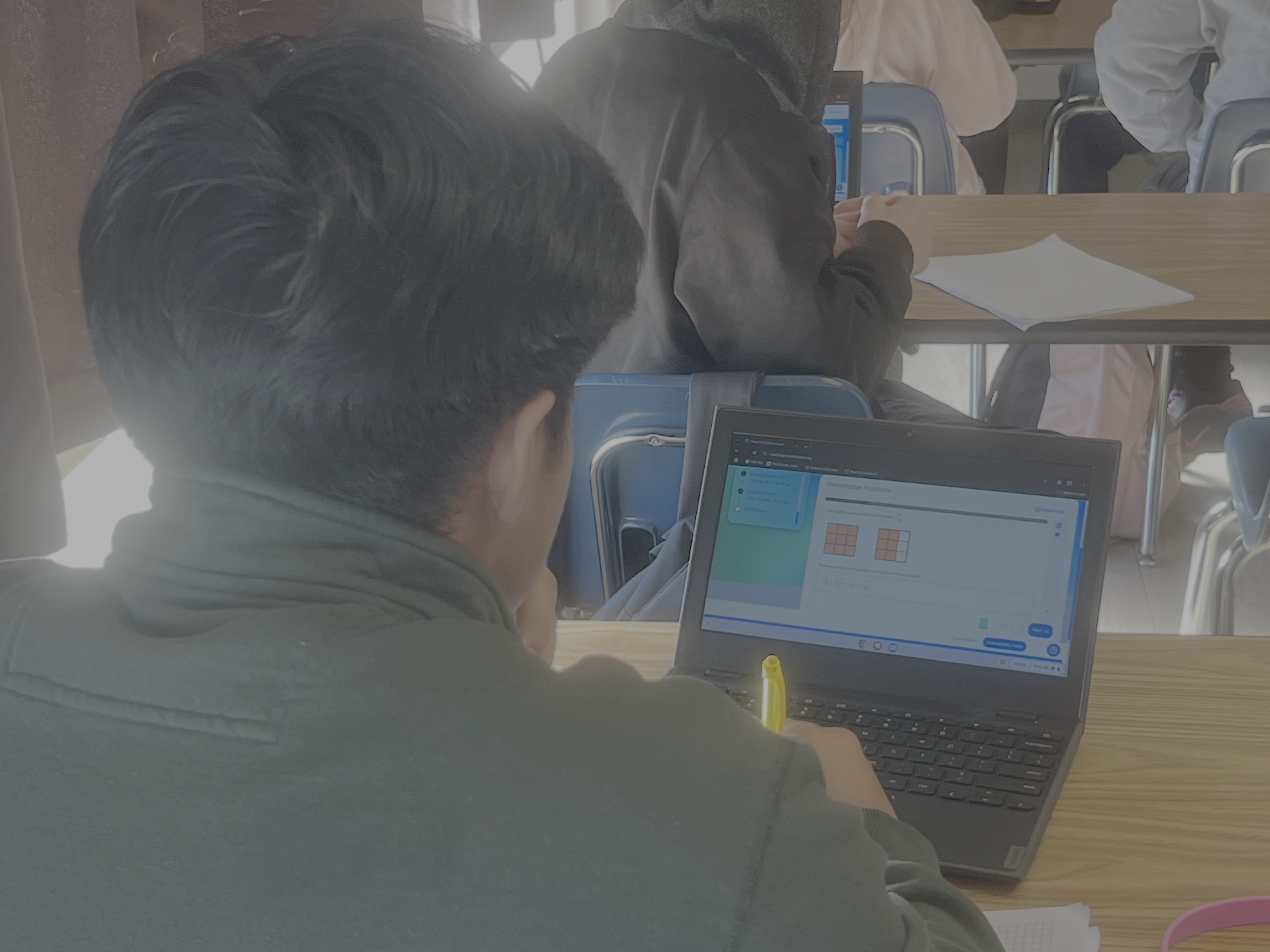How to give students who can’t afford individual out-of-school math tutoring the same advantage as those who can
May 16, 2022
By Teach to One

Nationwide, demand for out-of-school tutoring is on the rise.
It’s the original personalized learning. And it works.
Recent meta-analyses examining the effect of tutoring on the performance of children struggling with elementary math programs supports uncovered evidence that it works.
And one 2016 Harvard study revealed that one-on-one “high-dosage” tutoring was especially effective in uplifting the achievement of students who had learning gaps when compared with other efforts, such as cutting class size and expanding preschool.
Tutoring costs are rising rapidly
Tutoring is, however, expensive. Rising costs make it unaffordable for some families whose children need it the most — particularly as tutoring must be sustained and regular to be effective.
The reality is that for every family who can afford private one-on-one tuition for their child, there are many others who simply do not have the money to afford an investment that — in California — can now cost anything from $25 to more than $100 an hour.
Another study of a Chicago high-dosage math tutoring program showed it cost $3,800 for a student over the course of a year.
These costs threaten to further entrench already large education gaps between students whose families have resources for tutoring, and those without.
There is a huge need — and insufficient resources
Many fear that children from economically vulnerable backgrounds who need access to tutors simply won’t get that kind of support.
Their families can’t afford it, and there is not enough capacity in various volunteer programs to meet the need.
For example, one LA Time article states that in the Los Angeles Unified School District, 80% of the 460,000 students are from low-income families.
And both national and international measures show mediocre performance and minimal systemic growth for American students in math. These results are worse for students of color and low-income students. These groups experience large, persistent achievement gaps.
On the 2017 National Assessment of Educational Progress (NAEP), only 33 percent of American students in eighth grade met the proficiency level or above in math. Historically disadvantaged student groups performing at less than half the rate of white students.
Struggles with math are particularly acute in middle school grades. Millions of students enter with unfinished learning from elementary school that can lead to their falling further behind as material becomes more complex and learning gaps accumulate.
Why tutoring has a positive effect on learning uptake
Tutoring is effective because — in small groups (or one-on-one) — the tutor has significantly greater opportunity to adapt material to a student’s individual learning needs. If a student is missing some prerequisite skill, they have the time to really drill down and focus on that.
Plus, kids struggling with math typically sit quietly in school and hope to be overlooked. Tutoring offers greater opportunity to establish the strong student-teacher rapport that can be essential to giving children the motivation and self-belief necessary to succeed.
Differentiated learning programs can offer similar advantages — for everyone
Differentiated learning — the process of tailoring instruction for children with varying levels of achievement — has historically been a major challenge for teachers to introduce into the classroom. It’s very hard to modify curricula to individually meet students’ needs when both class sizes and learning gaps are large.
Now, new educational technologies offer a way to help everyone (not just a handful of students). The best ones focus on a personalized mix of pre-, on-, and post-grade skills designed to help each and every student catch up — and get ahead. They emphasize skill proficiency ahead of grade-level proficiency (while respecting the need to maintain high expectations and rigorous accountability and to drive educational equity).
These new edtech math solutions identify a student’s specific learning level and specific skill or concept knowledge. They then let the teacher present specifically tailored content that is more consistently challenging, interesting and engaging for the students.
Since they can be can be more personal, supportive and interactive, these individual, differentiated learning experiences are more engaging and rewarding — just as if they were receiving constant, private tutoring.
Latest Posts

Recording: Data and End of Year Rollover Webinar
In this 45-minute webinar recording, Michelle Palmer, Senior Director of Customer Success, and Liat Greenspan, Associate Director of Program Success, explain how to assign a skill or pathway, use the Teacher Dashboard to identify struggling students, leverage the Reports Hub for weekly planning, and monitor growth and engagement on the Progress Page.

Getting Students Engaged in Math at Valley Charter
Students arrive at their assigned seats equipped with laptops and individualized Teach to One Roadmaps packets, which include a work time poster, a note-taking sheet, and graph paper.

Webinar Recording: Unlocking Algebra
On Tuesday, May 13, TNTP and New Classrooms released the report: Unlocking Algebra – What the Data Tells Us About Helping Students Catch Up. On the same day Adam Meier, Partner, Research Center of Excellence, TNTP, and Joel Rose, Co-founder and Chief Executive Officer, New Classrooms, presented the findings, recorded in the webinar below. Looking […]